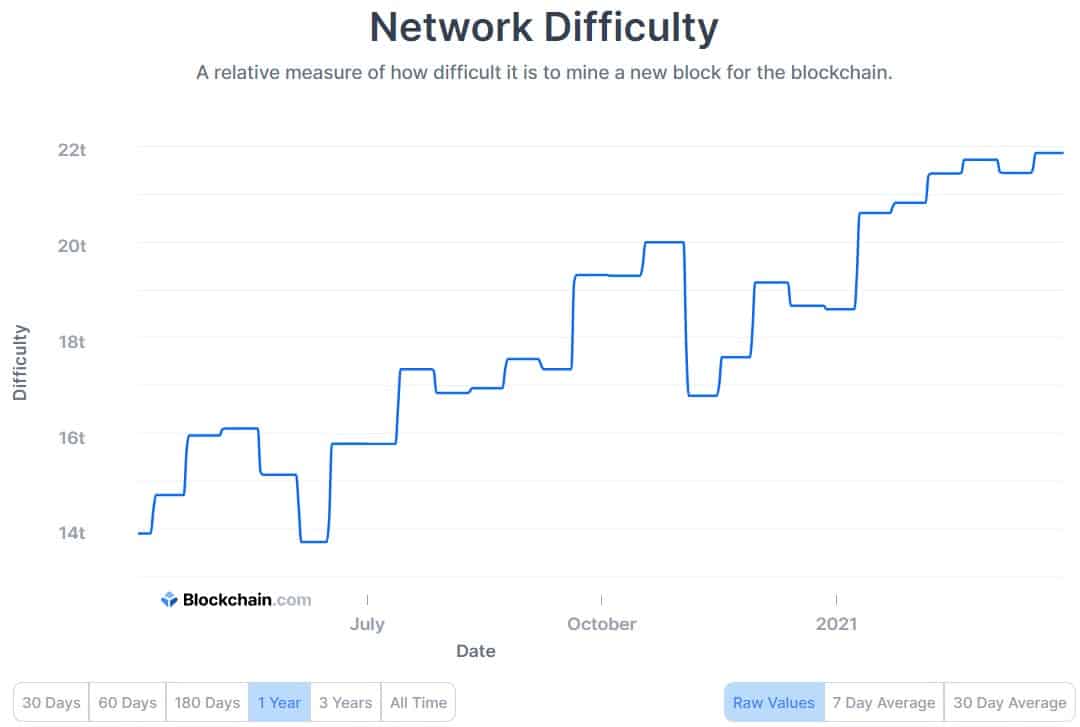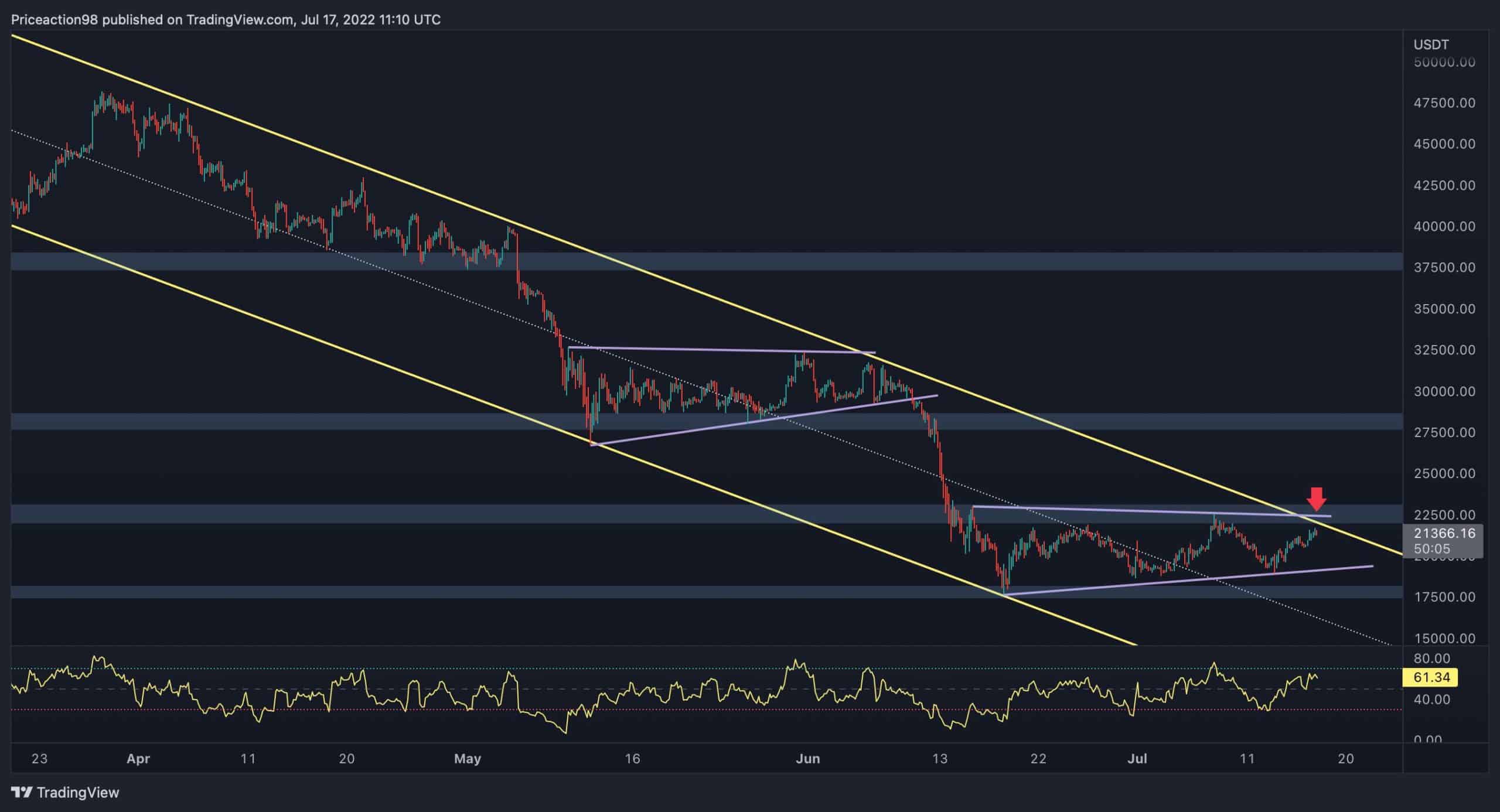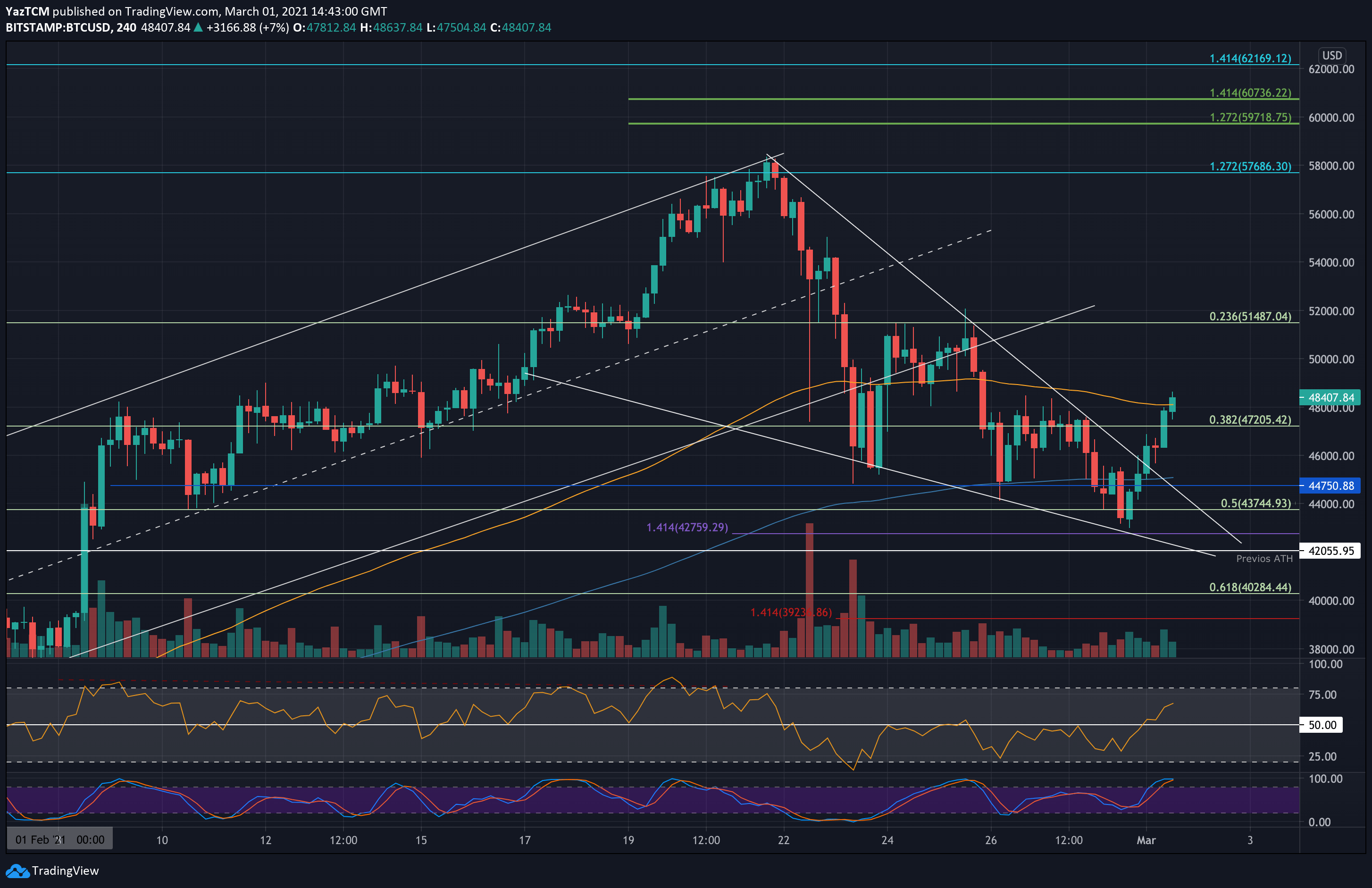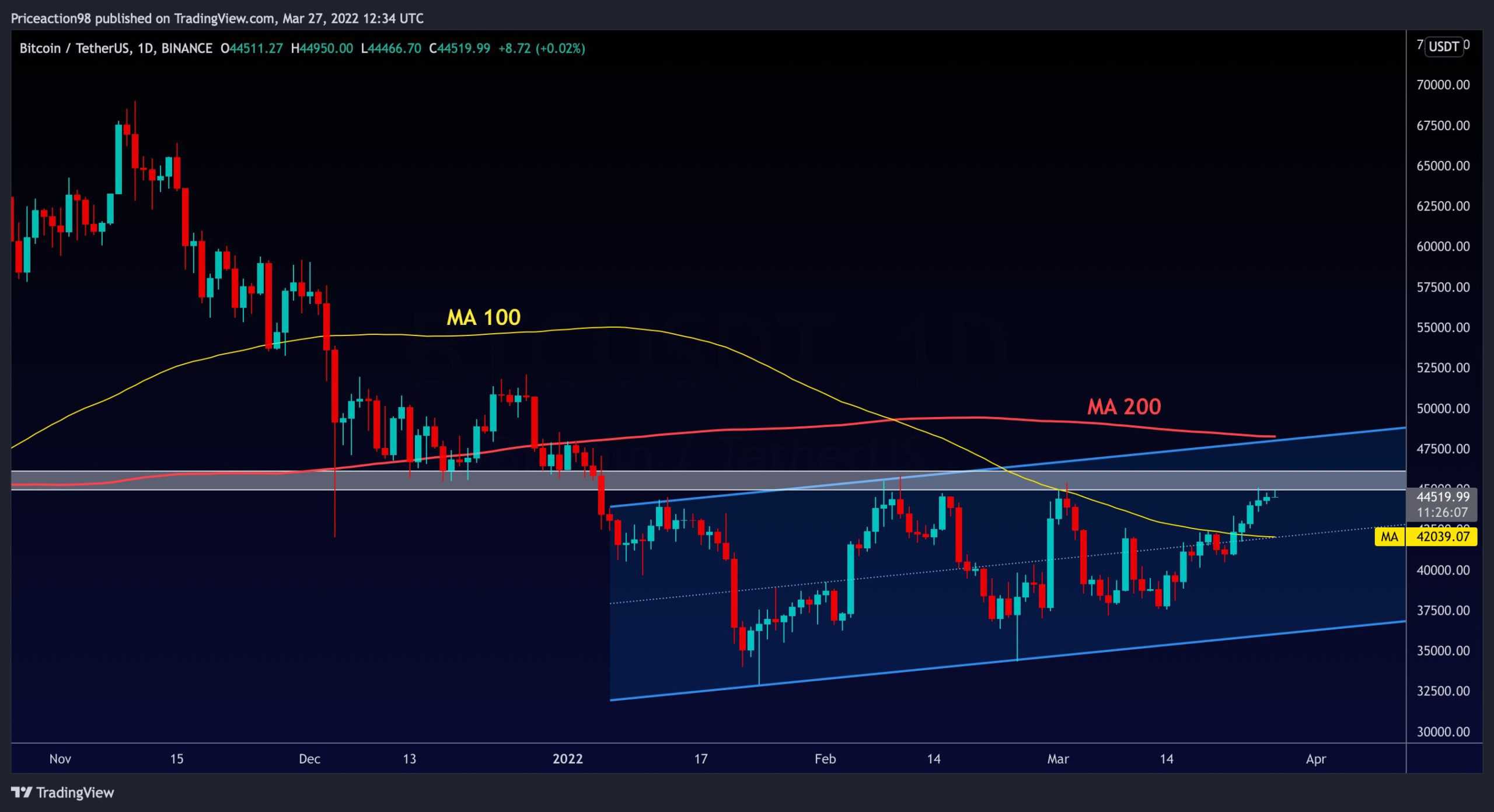Bitcoin Mining Difficulty at ATH Following the Latest Increase of 5.82%
The Bitcoin network continues to become more and more robust. This is confirmed by the expanding computing power put in the blockchain from miners, which has resulted in new all-time highs for the mining difficulty and the hash rate.
New ATH for BTC Hash Rate
Hash rate is a measuring unit of the processing power on Bitcoin’s blockchain. Essentially, it suggests that when there’re more miners who put their computational devices to work on the network, the metric goes higher, making the system more secure and robust.
After the early November drop, when some Chinese miners migrated following the end of the rainy season in the Sichuan province, the metric has been gradually increasing.
This led to consecutive all-time highs, as CryptoPotato reported before. After the one in February, there was a brief dip in the hash rate but it didn’t last long. In the past several weeks, the metric started increasing again, leading to another all-time high record of over 166 million TH/s.
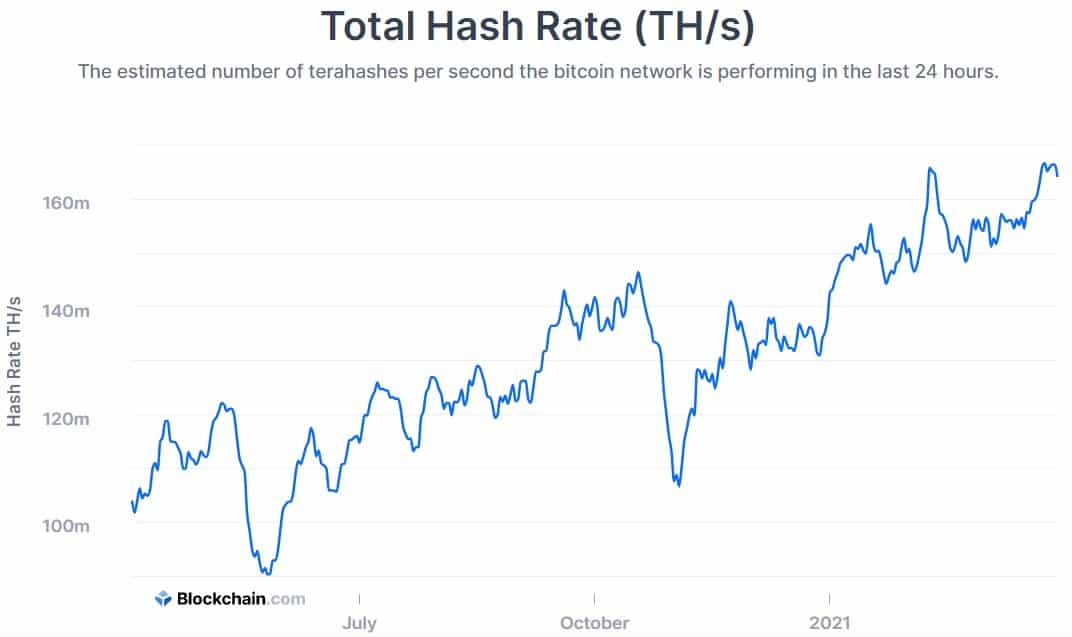
Mining Difficulty at a Record Level too
The mining difficulty is another vital metric for the network. It’s strongly related to the miners’ behavior and the hash rate due to the unique way Satoshi Nakamoto set up the blockchain.
Basically, it works as a self-adjusting mechanism that could make it either harder or easier for miners depending on their activity.
The network goes through an automatic adjustment process every 2,016 blocks (about two weeks). It increases when the number of participating miners is higher and decreasing when there’s an outflow.
Data from blockchain.com shows that since the large negative readjustment in early October, the positive ones have dominated – 8 out of the 11 have made it harder for miners. Consequently, this means that the amount of computational devices working on the bitcoin network has been gradually rising.
The latest readjustment came hours ago and increased the difficulty by 5.82%. This led to an all-time high record for the mining difficulty as well.
